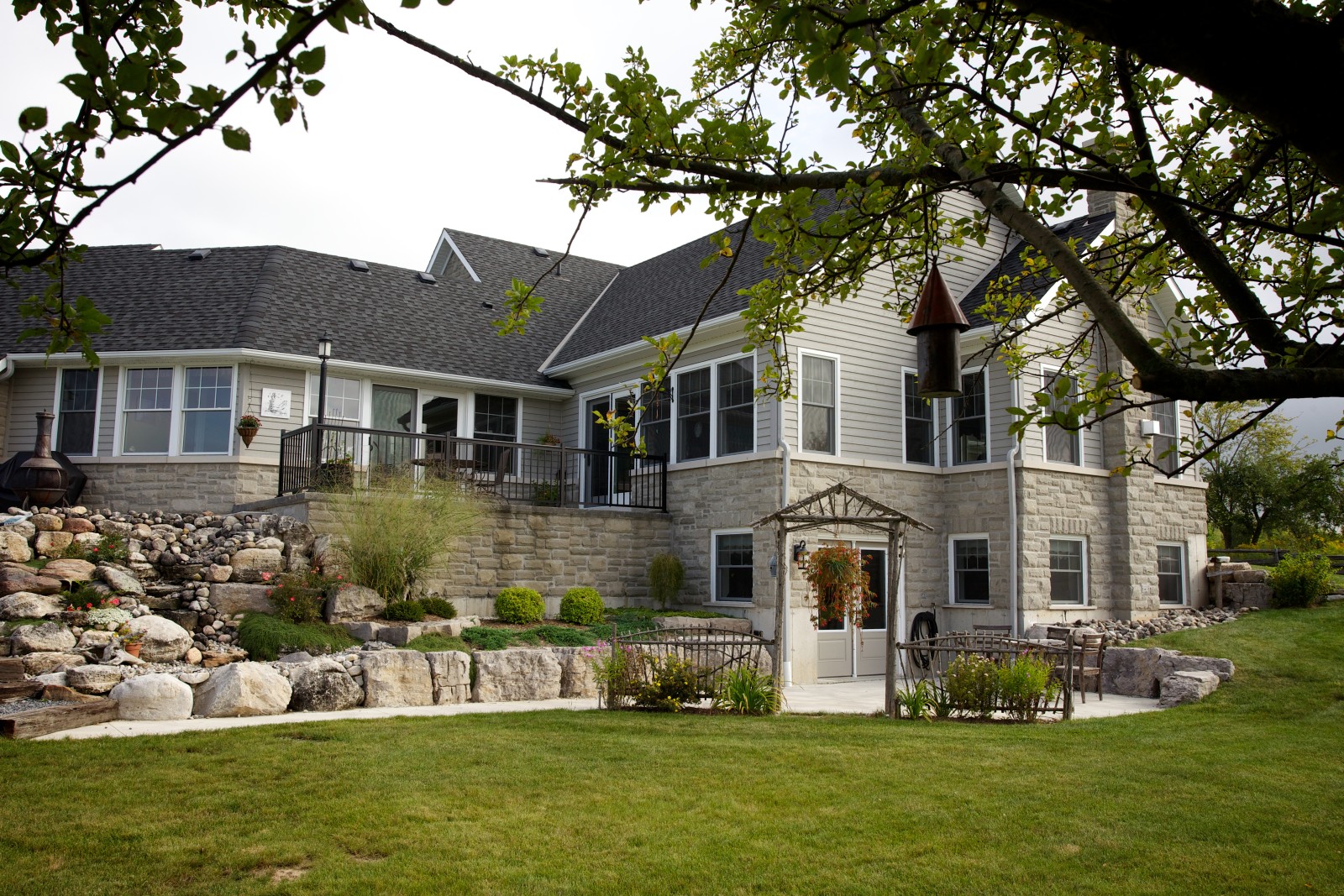Building, rebuilding, or upgrading a home is a significant investment, both financially and emotionally. Homeowners often want to make informed decisions to ensure their projects are successful and their homes are future-proof. Understanding key statistics and facts can help guide these decisions, whether you’re constructing a new custom home, remodeling an existing one, or making upgrades. This article highlights crucial data that can influence your choices and provide valuable insights into the home-building and renovation process. Here are facts homeowners should know. For more details, talk to construction experts. Get a consultation.
Home Size Trends: Bigger Isn’t Always Better
In recent years, the average size of new homes in the U.S. has seen a gradual decrease. According to the U.S. Census Bureau, the average size of newly built single-family homes peaked in 2015 at around 2,740 square feet. However, by 2020, this number had dropped slightly to approximately 2,480 square feet. This trend suggests that homeowners are prioritizing quality over quantity, focusing more on efficient use of space and design.
Moreover, with the rise of remote work, homeowners are increasingly opting for functional spaces like home offices, rather than large living areas. When planning your custom home or renovation, consider how you use your space and what size will best meet your needs now and in the future.
Energy Efficiency: A Priority for Modern Homeowners
Energy efficiency is no longer just a trend; it’s a priority for homeowners. The U.S. Department of Energy reports that homes built today are about 30% more energy-efficient than those built just 20 years ago. This improvement is due to advancements in insulation, windows, and heating and cooling systems.
Incorporating energy-efficient features can significantly reduce your home’s operating costs. For instance, the U.S. Environmental Protection Agency (EPA) estimates that homeowners can save an average of $200 to $400 per year on energy bills by using Energy Star-rated appliances and windows. Additionally, energy-efficient homes often have higher resale values, making this an investment that pays off both immediately and in the long term.
Smart Home Technology: The Future of Home Automation
Smart home technology is rapidly becoming a standard feature in new and upgraded homes. According to a study by Statista, the global smart home market is expected to reach $158 billion by 2024. This growth is driven by the increasing demand for home automation systems that offer convenience, security, and energy savings.
In the U.S., over 60% of homebuyers express interest in smart home features, such as smart thermostats, security systems, and lighting controls. When building or upgrading your home, integrating smart technology can enhance comfort and increase the appeal of your property to future buyers.
The Cost of Remodeling: Know What to Expect
Understanding the costs associated with remodeling is crucial for budgeting effectively. According to Remodeling Magazine’s 2023 Cost vs. Value report, the average cost of a mid-range kitchen remodel is approximately $26,000, while an upscale remodel can exceed $75,000. Bathroom remodels vary widely as well, with mid-range projects averaging $20,000 and upscale versions reaching around $65,000.
However, these investments can offer solid returns. Kitchen remodels, for example, often recover about 60% to 80% of their cost at resale, depending on the scope and quality of the renovation. Similarly, bathroom remodels typically recover around 50% to 70% of their costs. Homeowners should weigh these potential returns when planning upgrades to ensure they align with their financial goals. Here are facts homeowners should know. For more details, talk to construction experts. Get a consultation.
Return on Investment (ROI): What Projects Pay Off?
Certain home improvement projects offer higher returns on investment than others. According to the National Association of Realtors (NAR), the projects that typically offer the highest ROI include:
Garage Door Replacement: This project has one of the highest returns, often recouping 90% to 100% of its cost at resale.
Manufactured Stone Veneer: Adding stone veneer to the exterior of your home can offer a return of about 92%.
Minor Kitchen Remodel: A minor kitchen upgrade often recoups about 80% of its cost.
Window Replacement: Replacing old windows with new, energy-efficient models typically offers a return of around 70% to 80%.
While these figures vary by location and market conditions, they provide a general idea of which upgrades are most likely to boost your home’s value.
The Importance of Sustainable Materials
Sustainability is becoming increasingly important in home construction and renovation. According to the National Association of Home Builders (NAHB), 80% of homebuyers consider environmentally friendly features important in their purchase decisions. Moreover, the use of sustainable building materials, such as reclaimed wood, bamboo, and recycled steel, is on the rise.
These materials not only reduce environmental impact but also contribute to a healthier living environment. For example, low-VOC (volatile organic compounds) paints and finishes help improve indoor air quality. When building or upgrading your home, opting for sustainable materials can appeal to environmentally conscious buyers and improve your home’s marketability.
Home Automation and Security: A Growing Trend
Security is a major concern for homeowners, and many are turning to home automation systems to enhance safety. A report from the Consumer Technology Association indicates that nearly 40% of U.S. households now use some form of smart home technology, with security systems being among the most popular features.
Smart locks, cameras, and alarm systems not only provide peace of mind but can also increase the value of your home. As the technology becomes more advanced, integrating these systems during construction or renovation can make your home more secure and appealing to future buyers.
The Impact of Location on Property Value
Location remains one of the most significant factors influencing property value. According to Zillow, homes located in top-rated school districts often sell for as much as 49% more than the national median home price. Additionally, properties in areas with low crime rates, easy access to public transportation, and nearby amenities tend to appreciate faster.
When building or upgrading your home, consider how the location will impact its value over time. While you can’t change where your property is, you can make strategic improvements that enhance its appeal within your specific market.
Homeowners’ Desire for Outdoor Living Spaces
Outdoor living spaces have become a high priority for many homeowners. A survey by the American Institute of Architects (AIA) found that outdoor living spaces were among the most popular home features, with demand growing year over year. Features like patios, decks, and outdoor kitchens are not only enjoyable but also add significant value to your home.
Investing in outdoor living areas can offer a strong ROI, especially in regions with mild climates where outdoor spaces can be used year-round. As more homeowners seek to expand their living space beyond the walls of their home, outdoor upgrades are becoming a key consideration in homebuilding and renovation.
Remodeling Trends: What Homeowners Want Most
Finally, understanding current remodeling trends can help you make choices that align with market demand. According to a survey by Houzz, the most popular remodeling projects include kitchens, bathrooms, and outdoor spaces. Open floor plans, energy efficiency, and smart home technology are also high on the list of desired features.
By staying informed about these trends, you can make design and upgrade decisions that not only suit your lifestyle but also increase your home’s appeal to potential buyers.
Building, rebuilding, or upgrading a home involves numerous decisions that can impact both your quality of life and the value of your property. By understanding these key statistics and facts, homeowners can make informed choices that align with their goals and ensure a successful project. Whether you’re focused on energy efficiency, smart home technology, or choosing the right materials, staying informed is the key to creating a home that meets your needs today and in the future. These are facts homeowners should know. For more details, talk to construction experts. Get a consultation.


